As a small business owner, managing marketing efforts can be overwhelming. Automating tasks can help save time and increase efficiency.

By leveraging marketing automation, small businesses can streamline their processes, allowing them to focus on growth and customer engagement. This introduction will explore the benefits and provide insights into how automation can be a game-changer.
Table of Contents
Why is automation essential for SMB growth?
Automation is essential for small and medium-sized business (SMB) growth because it allows companies to streamline repetitive tasks and optimize limited resources. In many SMBs, employees often juggle multiple roles, from managing customer inquiries to handling inventory or processing orders. By automating routine processes such as email marketing, invoicing, data entry, and customer relationship management, businesses can free up valuable time and focus on strategic initiatives like expanding their product offerings or improving customer experience. This efficiency not only reduces operational costs but also minimizes human error, ensuring more consistent and reliable outcomes.
Moreover, automation enables SMBs to scale operations without a proportional increase in staff or overhead. For example, automated sales funnels and customer support tools can handle growing customer demands 24/7, which is crucial for maintaining service quality while expanding. It also provides actionable insights through real-time data analysis, helping business owners make informed decisions quickly. In today’s competitive market, the ability to respond faster and more accurately to market trends can differentiate a growing SMB from its competitors.
Finally, automation supports better customer engagement and retention, which are critical for growth. Automated personalized communications, reminders, and follow-ups enhance the customer experience, fostering loyalty and repeat business. As SMBs grow, maintaining consistent and timely interactions manually becomes unsustainable, making automation not just a convenience but a strategic necessity. By combining operational efficiency, scalability, and improved customer management, automation becomes a cornerstone for sustainable growth in SMBs.
The Small Business Marketing Challenge
The marketing landscape can be particularly daunting for small business owners due to limited resources and time constraints. Effective marketing is crucial for attracting and retaining customers, but small businesses often struggle to achieve this due to various challenges.
What tools simplify daily marketing tasks?
Several tools exist today that simplify daily marketing tasks, making campaigns more efficient and manageable. Marketing automation platforms like HubSpot, Marketo, or ActiveCampaign help streamline repetitive tasks such as email campaigns, social media posting, and lead nurturing. By automating these processes, marketers can focus on strategy and creativity rather than manual execution.
Social media management tools like Hootsuite, Buffer, or Sprout Social allow marketers to schedule posts, track engagement, and analyze performance across multiple platforms from a single dashboard. This not only saves time but also ensures consistent brand presence and timely responses to audiences.
Content creation and design tools such as Canva, Adobe Creative Cloud, and Grammarly assist in producing visually appealing and error-free content quickly. These tools reduce the need for extensive technical skills and help maintain a professional look across campaigns.
Finally, analytics and reporting tools like Google Analytics, SEMrush, and Tableau provide insights into campaign performance, audience behavior, and ROI. By centralizing data and offering easy-to-read dashboards, these tools enable marketers to make informed decisions without spending hours manually collecting and interpreting data. Together, these solutions drastically simplify the daily workload of marketing professionals, enhancing efficiency, consistency, and strategic impact.
Ready to Transform Your Marketing Efforts with small business owner ?
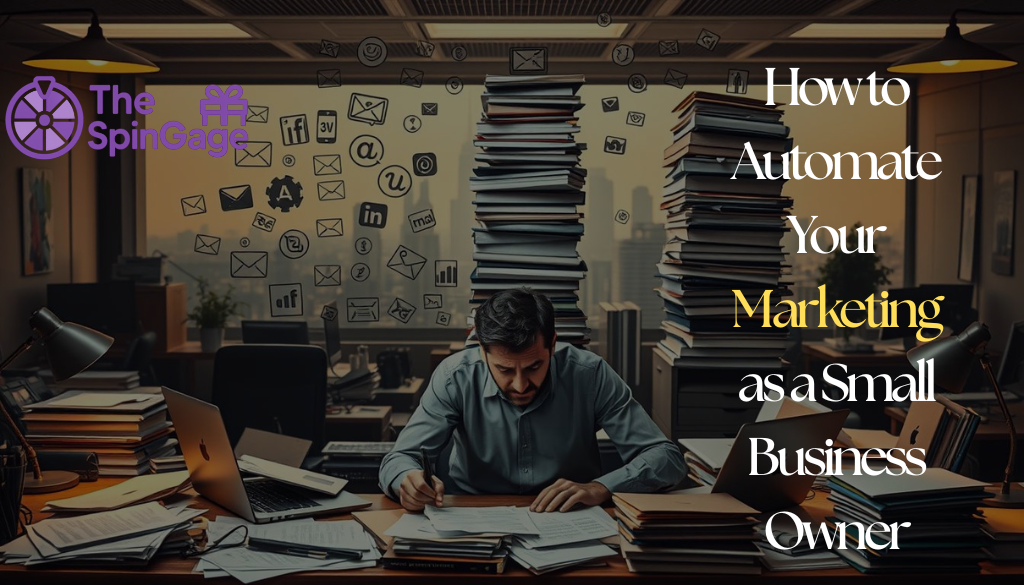
Are you struggling to keep up with the endless marketing tasks that come with running a small business? Imagine if you could streamline your email campaigns, social media posts, lead nurturing, and customer interactions—all without adding more hours to your day. Marketing automation empowers small business owners like you to focus on what truly matters: growing your business, engaging your customers, and increasing ROI. By leveraging proven automation strategies, you can reduce repetitive tasks, personalize customer interactions, and gain real-time insights into your marketing performance. Whether it’s automating email sequences, scheduling social media content, or managing leads through an integrated CRM, the right tools and strategies can save time, improve efficiency, and elevate your brand presence.
How does SpinGage automate review and loyalty marketing?
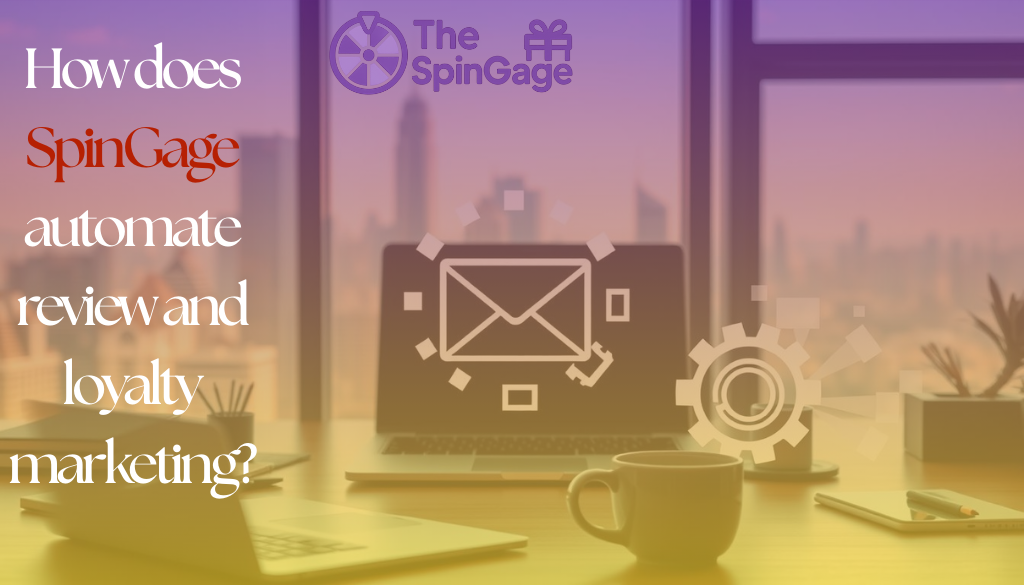
SpinGage automates review and loyalty marketing by integrating advanced tools that streamline customer engagement and feedback collection. Firstly, it encourages customers to leave reviews by sending automated, personalized requests through email or SMS shortly after a purchase or service interaction. These requests are timed and crafted to maximize response rates, reducing the manual effort businesses would otherwise need to dedicate to soliciting feedback. By capturing reviews efficiently, SpinGage helps businesses maintain a steady flow of user-generated content, which is crucial for building trust and credibility online.
Beyond review collection, SpinGage enhances loyalty marketing by analyzing customer behavior and engagement patterns. It can segment customers based on purchase history, review activity, or interaction frequency, allowing businesses to target specific groups with tailored offers, rewards, or incentives. Automation ensures that loyalty programs operate consistently, sending reminders, points updates, or special promotions without human intervention. This not only strengthens customer retention but also increases repeat sales and encourages positive word-of-mouth.
How does SpinGage automate review collection?
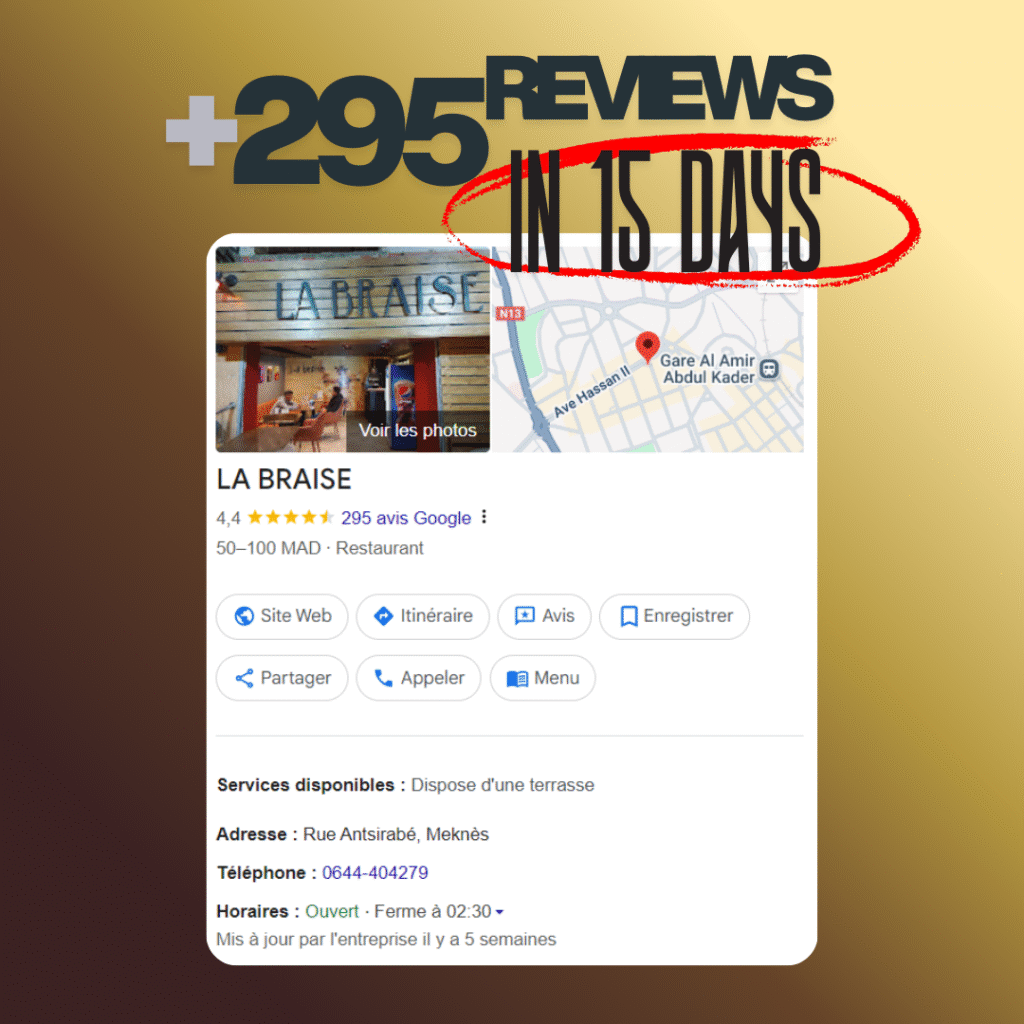
+295 REVIEWS IN JUST 15 DAYS :
Labraise is a restaurant that gained more than 295 new customer reviews and increased their income by using TheSpinGage solution.
They placed a flyer with a QR code on every table, allowing each diner to scan and spin the wheel. Labraise used a 100% winning ratio plan, where customers always won either 10% off their meal or a free soda.
This simple gamification encouraged guests to leave reviews, boosted loyalty, and kept customers coming back.

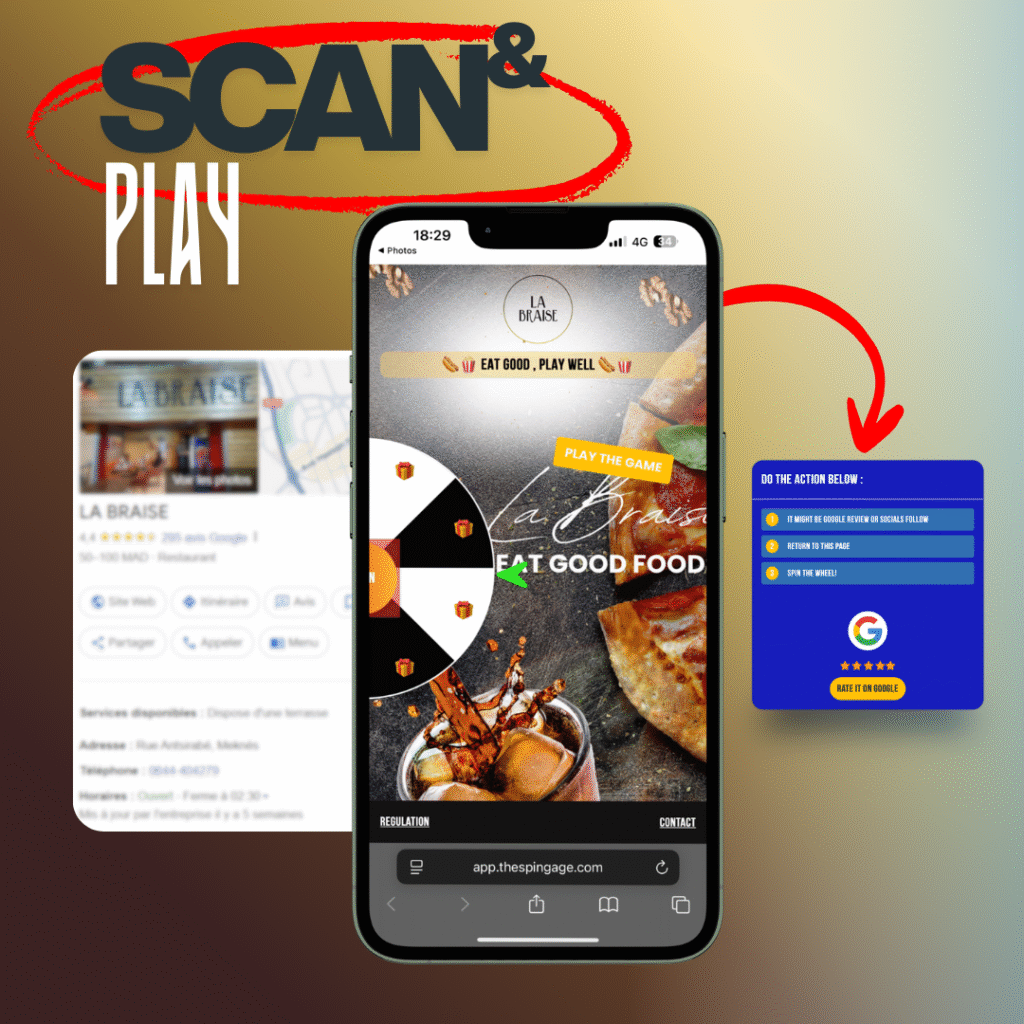
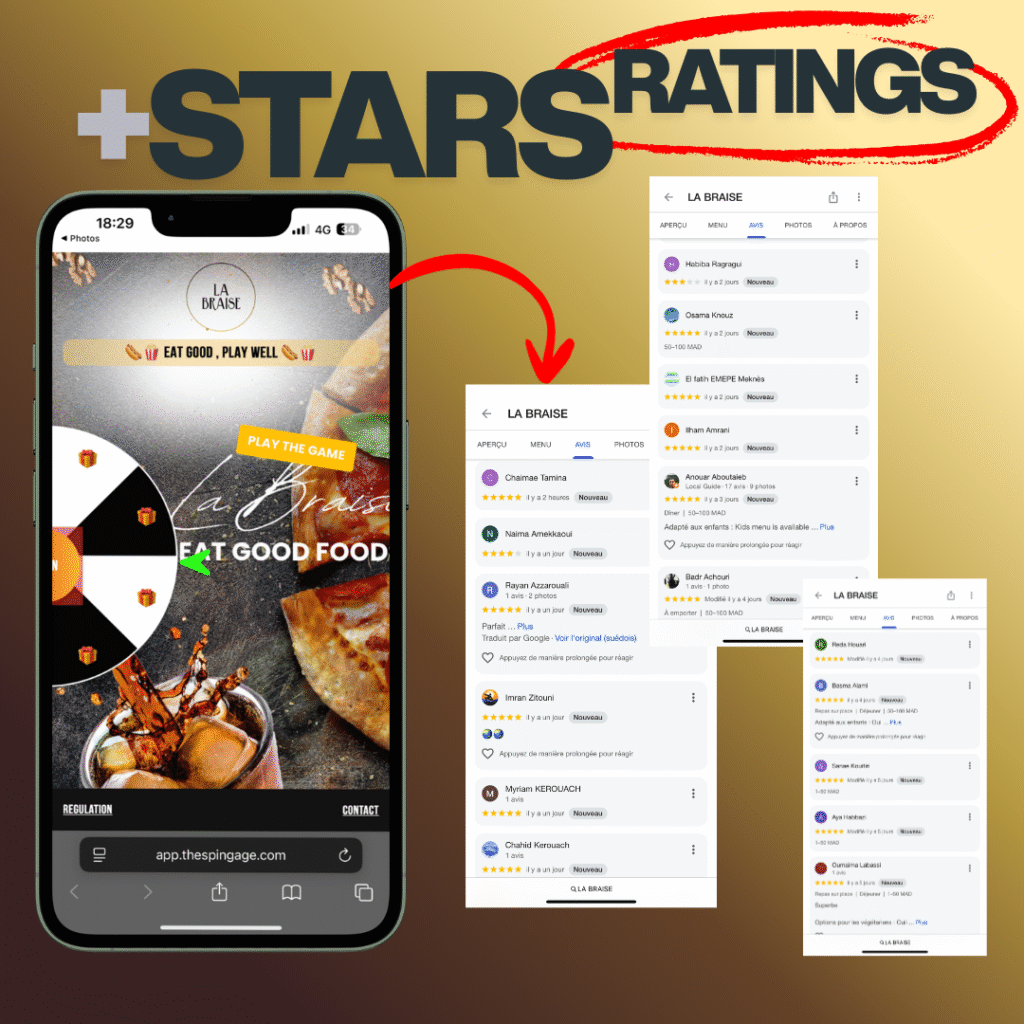
HOW IT WORKS IN 4 EASY STEPS ?
1 – Scan the QR Code
Clients simply scan the QR code placed on the table or provided directly by you.
2- Take Action First
To unlock the gameplay, they must complete the required action.
3- Spin the Wheel
Once unlocked, they spin the wheel to test their luck.
4- Win Rewards
If they win, a QR code is instantly sent to their email. If not, nothing happens. In both cases, the game is locked for 24 hours, ensuring fairness and excitement for the next try.
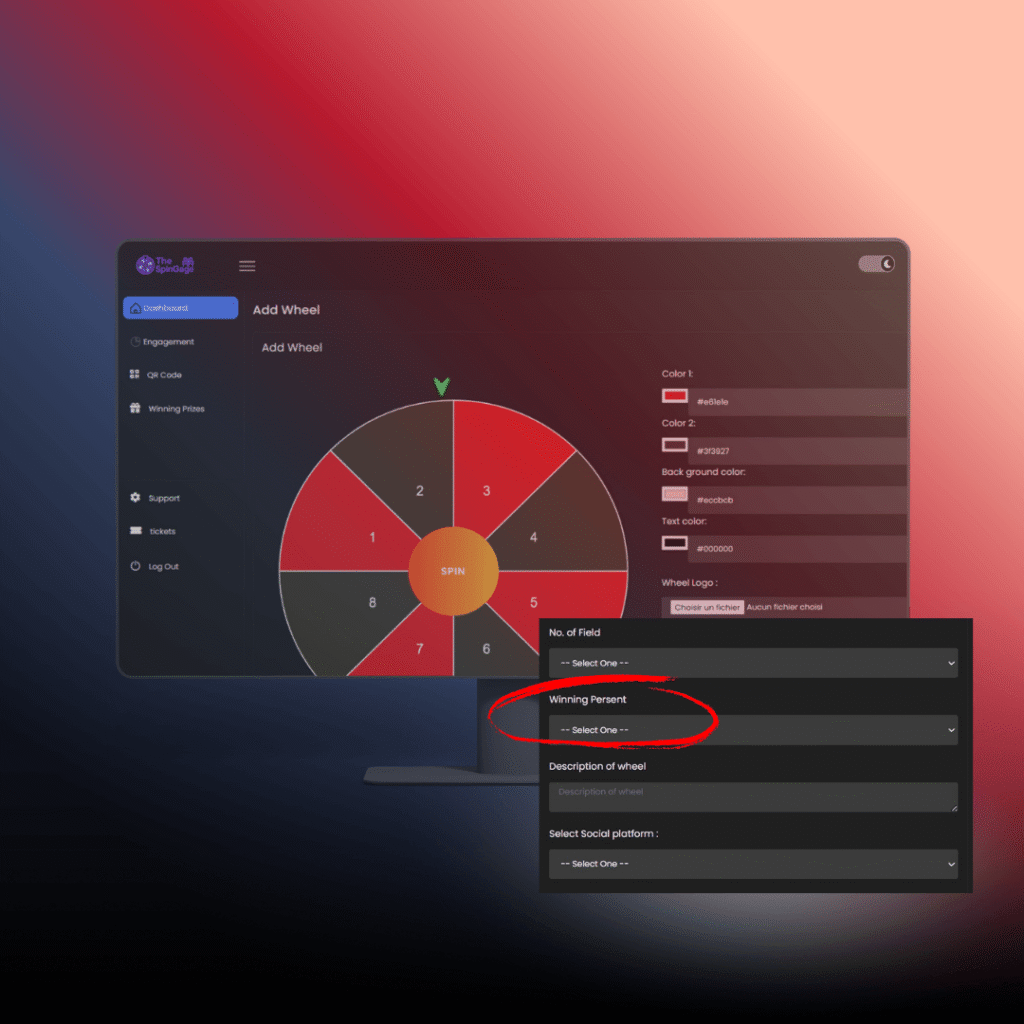
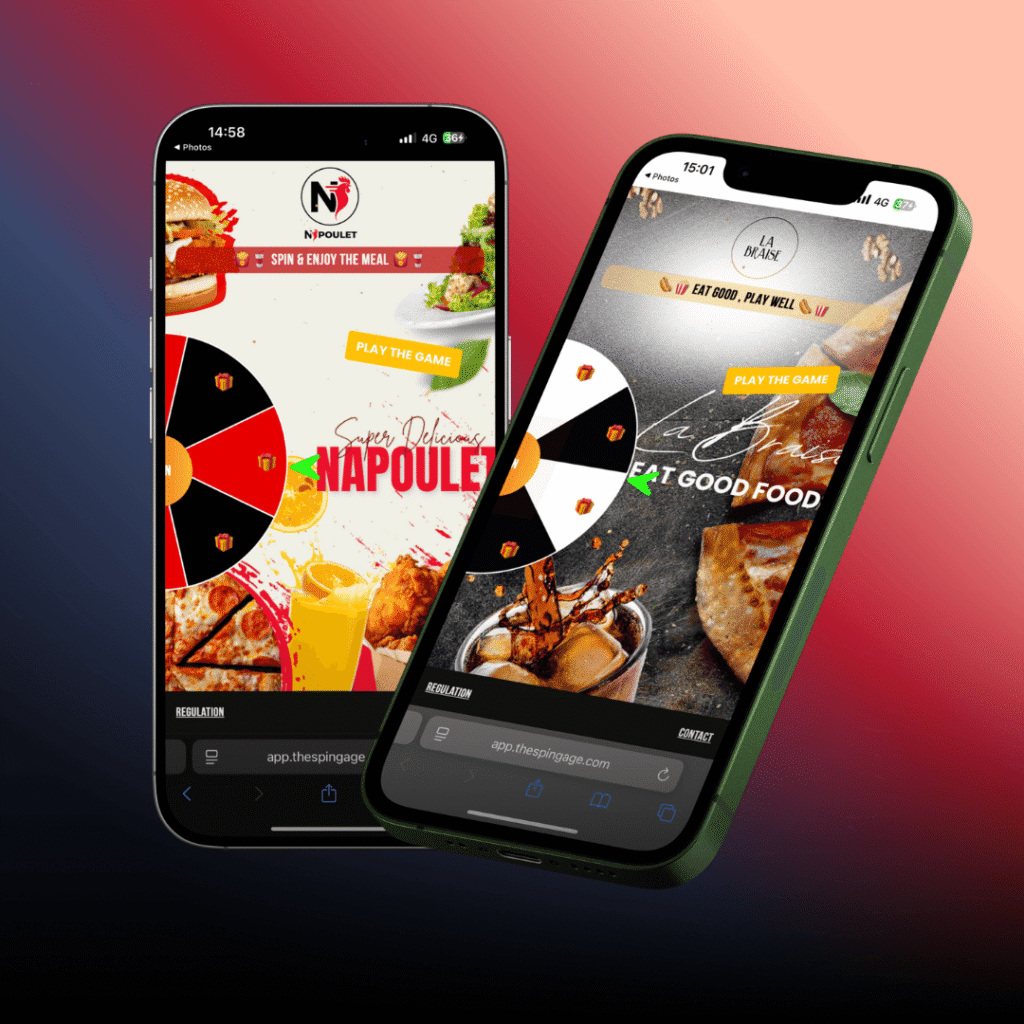
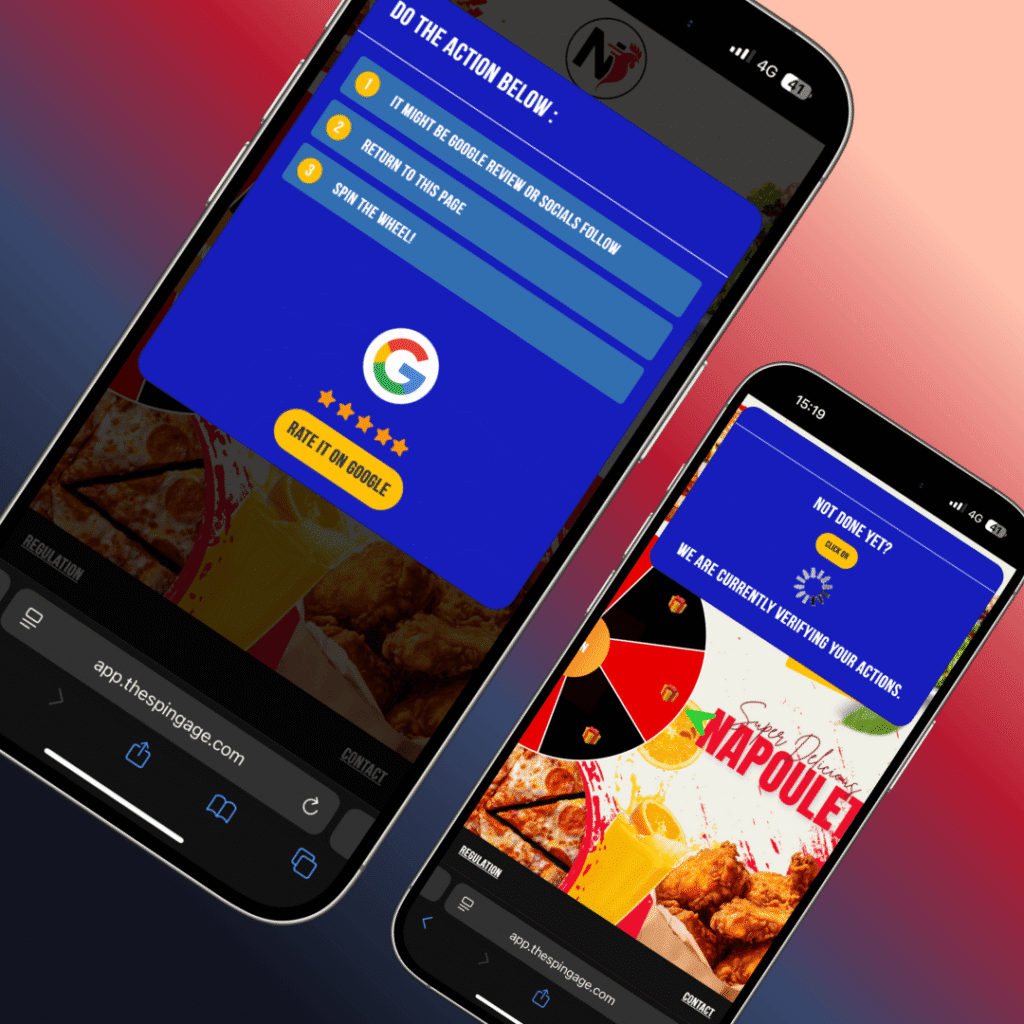
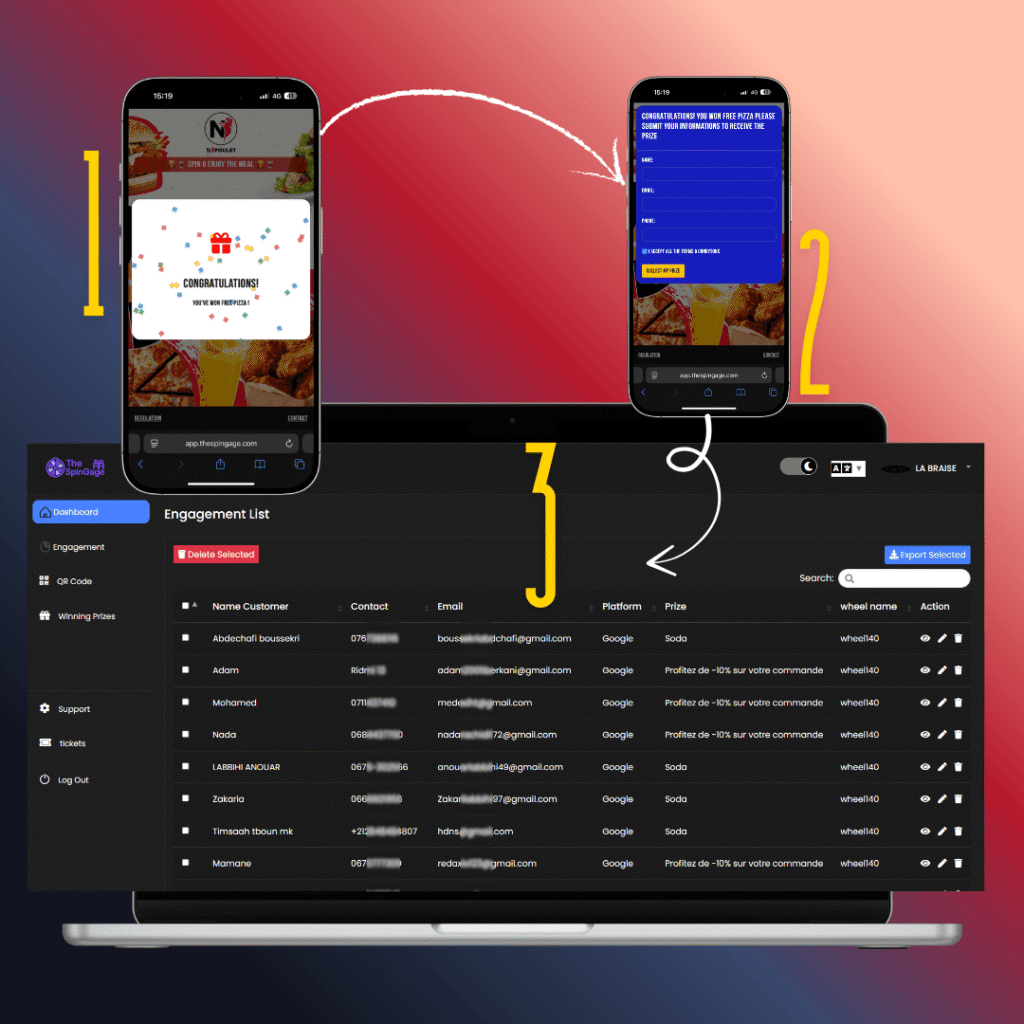
🛠️ Flexible Tracking Options
Track platform Top performing .
Track the wheel segments (number of prizes, Winner Gameplay).
Number of Plays , Track top performing wheel
Set up expiration dates for vouchers and offers.
Get Acces to LEADS , Extraxt & Modiify it .
Why You Should Opt for TheSpinGage Solution
Running a business today is not just about serving customers – it’s about creating memorable experiences that keep them coming back and spreading the word. That’s exactly what TheSpinGage delivers.
🎯 Stand Out from Your Competitors
Most restaurants, cafés, and shops rely only on discounts or word of mouth. With TheSpinGage, you turn every visit into a fun, interactive moment that clients remember and talk about.
⭐ Collect More Positive Reviews
Google reviews are the new “digital reputation.” Our system motivates clients to leave reviews in exchange for a chance to win rewards – giving you the social proof that attracts new clients effortlessly.
💌 Grow Your Customer Database
Every spin is an opportunity to collect emails and data, helping you stay connected with your clients through newsletters, promotions, and loyalty campaigns.
🔄 Boost Loyalty and Repeat Visits
Customers love rewards. By making every visit a chance to win, you encourage repeat visits, turning occasional clients into loyal fans of your business.
⚡ 100% Simple & Automated
No technical headaches. Once installed, TheSpinGage works automatically – whether through QR codes on tables, flyers, or digital screens. You just set the rules, and the system does the rest.
👉 TheSpinGage isn’t just a tool – it’s your new customer magnet.
Increase engagement, grow your reviews, and build a strong database without spending more on ads.
📲 Activate TheSpinGage today and turn visitors into loyal, returning customers!
START TODAY


SpinGage automates review collection by seamlessly integrating with your business platforms to prompt customers for feedback at the right moment. It can automatically send personalized review requests via email or SMS after a purchase or service, making it easy for customers to share their experiences. This automation not only increases the volume of reviews but also ensures consistent and timely feedback, helping businesses maintain a strong online reputation without manual effort.
Combine this with strategic local SEO practices, including keyword research, category optimization, and building citations and backlinks, and you’re positioning your business to dominate local se
Stop letting limited resources hold you back and discover how automation can transform your business into a well-oiled marketing machine.
Start Automating Your Marketing Today
Common Marketing Struggles for Small Business Owners
Small business owners face a multitude of marketing challenges. Some of the most common include:
- Limited budget for marketing initiatives
- Difficulty in measuring the effectiveness of marketing campaigns
- Keeping up with the latest marketing trends and technologies
- Competing with larger businesses that have more resources
The Time and Resource Constraints
Small business owners often wear multiple hats, from managing operations to handling customer service. This means that marketing efforts can take a backseat due to time and resource constraints. The lack of dedicated marketing personnel can hinder the development and implementation of effective marketing strategies.
Why Traditional Marketing Methods Fall Short
Traditional marketing methods, such as print advertising and direct mail, can be costly and often yield limited results for small businesses. These methods may not provide the measurable ROI that digital marketing can offer. Moreover, they can be time-consuming to execute and may not be as targeted as modern marketing techniques.
To illustrate the challenges faced by small businesses, consider the following comparison:
| Marketing Aspect | Traditional Marketing | Modern Marketing |
|---|---|---|
| Cost | High | Variable, often lower |
| Measurability | Difficult | Easy, with analytics tools |
| Targeting | Broad, less targeted | Highly targeted |
By understanding these challenges and the limitations of traditional marketing methods, small business owners can begin to explore more effective and efficient marketing strategies, such as marketing automation.
What is Marketing Automation?
The concept of marketing automation is simple yet powerful: automating repetitive tasks to maximize efficiency. This approach allows small businesses to focus on strategy and creativity rather than mundane tasks.
Definition and Core Concepts
Marketing automation refers to the use of software to automate marketing processes such as email marketing, lead generation, and social media management. At its core, it’s about using technology to streamline and optimize marketing efforts, making them more effective and less time-consuming.
Benefits for Small Businesses
For small businesses, marketing automation offers numerous benefits, including increased efficiency, improved lead generation, and enhanced customer engagement. By automating routine tasks, businesses can allocate more resources to strategic planning and creative work.
ROI of Marketing Automation
One of the most significant advantages of marketing automation is its potential to improve Return on Investment (ROI). By streamlining marketing processes and targeting the right audience with personalized messages, businesses can achieve a higher ROI. Studies have shown that marketing automation can lead to a significant increase in ROI for small businesses.
Assessing Your Marketing Automation Needs
Understanding your marketing pain points is the first step towards effective automation. To streamline your marketing efforts, you need to identify areas that are currently challenging or time-consuming.
Identifying Your Marketing Pain Points
Start by analyzing your current marketing processes. Are there repetitive tasks that consume a lot of your time? Common pain points include:
- Managing multiple social media accounts
- Creating and sending regular newsletters
- Following up with leads
- Tracking customer interactions across various platforms
Setting Clear Automation Goals
Once you’ve identified your pain points, set clear automation goals. What do you want to achieve through automation? Your goals might include:
- Reducing the time spent on repetitive tasks
- Increasing lead engagement
- Improving customer service response times
Creating Your Automation Priority List
With your goals in mind, create a priority list of tasks to automate. Consider the impact and feasibility of automating each task. Use the following steps to create your list:
- Identify tasks that are repetitive and time-consuming
- Assess the potential impact of automating each task
- Prioritize tasks based on their potential impact and your automation goals

By following these steps, you can effectively assess your marketing automation needs and start streamlining your marketing efforts.
Email Marketing Automation Strategies
By leveraging email marketing automation, businesses can create more personalized and timely interactions with their customers. This approach not only enhances customer engagement but also streamlines marketing efforts, making them more efficient.
Setting Up Automated Email Sequences
Automated email sequences are a powerful tool in email marketing automation. They allow businesses to send targeted emails to customers based on specific triggers or timelines. To set up an automated email sequence, start by identifying the goals you want to achieve, such as nurturing leads or encouraging repeat purchases.
Next, choose an email marketing automation platform that integrates with your existing CRM or customer database. Then, design your email sequence, ensuring each email adds value to the customer and moves them closer to your desired outcome.
Personalization and Segmentation Tactics
Personalization and segmentation are key to successful email marketing automation. By segmenting your email list based on customer behavior, preferences, or demographics, you can create highly targeted campaigns that resonate with your audience.
Measuring Email Automation Success
To measure the success of your email automation campaigns, track metrics such as open rates, click-through rates, and conversion rates. These metrics will help you understand how your audience is responding to your emails and identify areas for improvement.
Trigger-Based Email Campaigns
Trigger-based email campaigns are a type of automated email that is sent in response to a specific trigger, such as a customer making a purchase or abandoning their shopping cart. These campaigns are highly effective because they are timely and relevant to the customer’s current needs or interests.
By implementing trigger-based email campaigns, businesses can increase customer engagement, drive sales, and enhance the overall customer experience.
Social Media Automation That Works
Social media automation tools can help streamline your content publishing and engagement processes. By leveraging these tools, small businesses can maintain a consistent online presence without dedicating excessive time to social media management.
Content Scheduling and Publishing Tools
One of the key benefits of social media automation is the ability to schedule content in advance. Tools like Hootsuite and Buffer allow you to plan and publish content across multiple platforms, ensuring that your audience is consistently engaged.
Key features to look for in content scheduling tools include:
- Multi-platform support
- Content calendar organization
- Analytics and performance tracking
Automated Social Listening and Engagement
Automated social listening enables businesses to stay on top of industry trends and customer interactions. By setting up keywords and alerts, you can respond promptly to customer inquiries and engage with relevant conversations.
Avoiding the “Robot” Feel in Automated Social Media
To maintain a personal touch in automated social media interactions, it’s essential to inject humanity into your automated processes. This can be achieved by:
- Using personalized messages
- Sharing user-generated content
- Engaging in real-time when necessary
Cross-Platform Content Automation
Cross-platform content automation involves sharing content across multiple social media platforms. This can be efficiently managed using automation tools that support various platforms, ensuring consistency in your messaging.

| Platform | Automation Features | Benefits |
|---|---|---|
| Scheduled posts, automated ads | Increased reach, targeted advertising | |
| Scheduled tweets, automated engagement | Consistent presence, timely engagement | |
| Scheduled posts, automated stories | Visual consistency, audience engagement |
By implementing these social media automation strategies, small businesses can enhance their online presence, improve engagement, and save valuable time.
Customer Relationship Management (CRM) Automation
Effective CRM automation can revolutionize how small businesses manage customer interactions. By automating routine tasks, businesses can focus on building stronger relationships with their customers.
Lead Scoring and Qualification Automation
Lead scoring is a critical component of CRM automation. It involves assigning scores to leads based on their behavior, demographics, and other factors. Automating this process ensures that sales teams focus on high-quality leads, improving conversion rates.
Automated Customer Journey Mapping
Customer journey mapping is another vital aspect of CRM automation. It involves creating a visual representation of the customer’s journey across multiple touchpoints. Automation helps in personalizing this journey, ensuring that customers receive relevant content at the right time.
Follow-up and Nurturing Sequences
Automated follow-up and nurturing sequences help maintain consistent communication with leads and customers. These sequences can be tailored based on customer behavior, ensuring that the right message is delivered at the right time.
Integrating Your CRM with Other Marketing Tools
Integrating your CRM with other marketing tools creates a seamless experience, allowing for a unified view of customer interactions. This integration enables more effective marketing strategies and improved customer satisfaction.
| CRM Feature | Automation Benefit | Business Impact |
|---|---|---|
| Lead Scoring | Prioritizes high-quality leads | Improved conversion rates |
| Customer Journey Mapping | Personalizes customer interactions | Enhanced customer experience |
| Follow-up Sequences | Maintains consistent communication | Increased customer engagement |

Content Marketing Automation Techniques
Content marketing automation is revolutionizing the way small businesses approach their marketing strategies. By automating routine content marketing tasks, small businesses can save time, increase efficiency, and enhance their online presence. This section will explore various content marketing automation techniques that can benefit small businesses.
Content Distribution Automation
Content distribution automation involves using tools to automatically share content across various channels, such as social media, email newsletters, and blogs. This ensures that content reaches the target audience at the right time, maximizing its impact. Automated content distribution saves time and reduces the manual effort required to share content across multiple platforms.
Repurposing Content Automatically
Repurposing content is a great way to breathe new life into existing material. Automation tools can help transform blog posts into social media posts, videos, or infographics, making it easier to reach different segments of the audience. Automated content repurposing ensures that content remains fresh and engaging without requiring significant additional effort.
Content Performance Tracking
Tracking the performance of content is crucial to understanding its effectiveness and making data-driven decisions. Automation tools can help track key metrics such as engagement rates, click-through rates, and conversion rates. This information can be used to refine content marketing strategies and improve overall performance.
AI-Assisted Content Creation
AI-assisted content creation is an emerging trend that involves using artificial intelligence to generate content. While still in its early stages, this technology has the potential to revolutionize content marketing by enabling businesses to produce high-quality content at scale. AI-assisted content creation can help small businesses generate content ideas, optimize content for SEO, and even create personalized content for their audience.
Paid Advertising Automation
With paid advertising automation, small businesses can now run sophisticated ad campaigns without extensive manual effort. This automation can significantly enhance the efficiency and effectiveness of your advertising spend.
Automated Bid Management
Automated bid management allows you to optimize your ad bids in real-time based on performance data. This ensures that you’re always getting the best possible return on your ad spend.
- Real-time bid adjustments
- Data-driven decision making
- Improved ROI through optimized bidding
A/B Testing Automation
A/B testing is crucial for determining the most effective ad creatives and messaging. Automation tools can streamline this process by continuously testing and optimizing your ads.
Key benefits include:
- Increased ad relevance
- Improved conversion rates
- Data-driven creative decisions
Budget Optimization Tools
Budget optimization tools help you allocate your ad spend more effectively across different campaigns and channels. This ensures that your budget is being used in the most efficient way possible.
Retargeting Automation Strategies
Retargeting automation allows you to re-engage users who have previously interacted with your brand. This can be a powerful way to increase conversions and reinforce your brand message.
Effective retargeting strategies include:
- Personalized ad content
- Frequency capping to avoid ad fatigue
- Segmentation based on user behavior
Marketing Analytics and Reporting Automation
Automating marketing analytics and reporting can significantly enhance a small business’s ability to make data-driven decisions. By streamlining the process of gathering and analyzing marketing data, businesses can respond more quickly to changes in the market.
Setting Up Automated Reporting Dashboards
To start automating marketing analytics, setting up automated reporting dashboards is essential. Tools like Google Data Studio or Tableau can connect to various data sources, such as Google Analytics, social media platforms, and CRM systems, to provide a comprehensive view of marketing performance.
Key Metrics to Track Automatically
Identifying the right metrics to track is crucial for effective marketing analytics. Key metrics may include website traffic, conversion rates, social media engagement, and email open rates. Automating the tracking of these metrics saves time and reduces the likelihood of human error.
| Metric | Description | Importance |
|---|---|---|
| Website Traffic | Total visitors to the website | High |
| Conversion Rate | Percentage of visitors who complete a desired action | High |
| Social Media Engagement | Likes, shares, and comments on social media platforms | Medium |
Using Data to Refine Your Automation Strategy
The data collected through automated reporting can be used to refine and improve marketing automation strategies. By analyzing the performance of different marketing channels and campaigns, businesses can identify areas for improvement and optimize their marketing efforts.
Automated Competitive Analysis
Automated competitive analysis tools can provide insights into competitors’ marketing strategies, helping businesses to stay competitive. These tools can track competitors’ website traffic, social media activity, and advertising strategies, offering valuable data to inform marketing decisions.
Balancing Automation with the Personal Touch in Marketing
As small business owners dive into marketing automation, it’s crucial to maintain a balance between efficiency and personal touch. While automation can significantly streamline marketing processes, there are instances where a personal approach is more effective.
When Not to Automate
There are certain situations where automation might not be the best approach. For instance, when dealing with customer complaints or sensitive issues, a personal, human touch is necessary to resolve the matter effectively and maintain customer trust.
“The goal of marketing is to own a piece of your customer’s mind, and that requires a delicate balance between technology and human intuition.”
Adding Personalization to Automated Processes
Personalization can be integrated into automated processes to make them more effective. This can be achieved through:
- Using customer names and tailored messages
- Segmenting your audience for more targeted campaigns
- Triggering automated emails based on customer behavior
Building Authentic Relationships Through Semi-Automated Touchpoints
Semi-automated touchpoints allow for a mix of automation and personal interaction. For example, using automated email sequences that are triggered by specific customer actions, followed by a personal call or message from a sales representative.
| Touchpoint | Automation Level | Personalization Level |
|---|---|---|
| Email Campaigns | High | Medium |
| Social Media Responses | Medium | High |
| Customer Service Calls | Low | High |
Affordable Marketing Automation Tools for Small Businesses
Affordable marketing automation tools can revolutionize the way small businesses approach their marketing strategies. With the right tools, small businesses can streamline their marketing efforts, improve efficiency, and increase their reach.
All-in-One Marketing Platforms
All-in-one marketing platforms offer a comprehensive solution for small businesses. These platforms typically include features such as email marketing, social media management, and customer relationship management (CRM). Some popular all-in-one marketing platforms for small businesses include:
- HubSpot: Known for its robust marketing, sales, and customer service tools.
- Mailchimp: Offers email marketing automation and CRM capabilities.
- ActiveCampaign: Provides advanced email marketing automation and CRM features.
Specialized Automation Tools
For businesses that need specific marketing automation functions, specialized tools can be a great option. These tools focus on particular aspects of marketing automation, such as social media scheduling or email marketing.
| Tool | Function | Cost |
|---|---|---|
| Hootsuite | Social Media Scheduling | $19/month |
| Sendinblue | Email Marketing Automation | $25/month |
| Buffer | Social Media Management | $15/month |
Free and Low-Cost Options
For small businesses on a tight budget, there are free and low-cost marketing automation tools available. These tools can provide basic functionality to help businesses get started with marketing automation.
- Mailchimp’s Free Plan: Offers basic email marketing automation features.
- Sendinblue’s Free Plan: Includes email marketing automation and CRM features.
- Buffer’s Free Plan: Provides basic social media scheduling capabilities.
Tool Selection Based on Business Size and Needs
When selecting a marketing automation tool, small businesses should consider their size, marketing needs, and budget. It’s essential to choose a tool that aligns with your business goals and provides the necessary features to support your marketing efforts.
Conclusion
As a small business owner, automating your marketing efforts can be a game-changer. By leveraging Marketing Automation, you can streamline your processes, enhance customer engagement, and drive growth. This summary highlights the key strategies and tools to help you get started.
By assessing your marketing needs, implementing email and social media automation, and utilizing CRM and content marketing automation, you can create a robust marketing strategy. Balancing automation with a personal touch is crucial to delivering exceptional customer experiences.
With the right Marketing Automation tools, you can simplify your marketing tasks, improve efficiency, and focus on growing your business. By applying the insights and techniques outlined in this article, you’ll be well on your way to maximizing your marketing potential.
FAQ
What is marketing automation, and how can it benefit my small business?
Marketing automation refers to the use of software to automate repetitive marketing tasks, such as email marketing, social media posting, and lead nurturing. By automating these tasks, small businesses can save time, increase efficiency, and improve their overall marketing efforts.
How do I identify my marketing pain points and set clear automation goals?
To identify your marketing pain points, analyze your current marketing efforts and identify areas where you’re struggling. Then, set clear automation goals by determining what you want to achieve through automation, such as increasing website traffic or generating more leads.
What are some effective email marketing automation strategies?
Effective email marketing automation strategies include setting up automated email sequences, personalizing and segmenting your email lists, and measuring the success of your email campaigns.
How can I avoid a “robotic” feel in my automated social media interactions?
To avoid a “robotic” feel in your automated social media interactions, use a mix of automated and manual posting, and make sure to personalize your content and engage with your followers in a human way.
What are some affordable marketing automation tools for small businesses?
Some affordable marketing automation tools for small businesses include all-in-one marketing platforms like HubSpot, specialized automation tools like Mailchimp, and free or low-cost options like Hootsuite.
How can I measure the success of my marketing automation efforts?
To measure the success of your marketing automation efforts, track key metrics such as website traffic, lead generation, and conversion rates, and use data to refine your automation strategy.
What is the importance of balancing automation with a personal touch in marketing?
Balancing automation with a personal touch is crucial in marketing because it allows businesses to build authentic relationships with their customers and avoid coming across as impersonal or robotic.
How can I add personalization to my automated marketing processes?
To add personalization to your automated marketing processes, use data and analytics to understand your customers’ preferences and behaviors, and tailor your content and messaging accordingly.
What are some common mistakes to avoid when implementing marketing automation?
Common mistakes to avoid when implementing marketing automation include over-automating, failing to personalize content, and not tracking key metrics to measure success.
How can I get started with marketing automation as a small business owner?
To get started with marketing automation as a small business owner, start by identifying your marketing pain points and setting clear automation goals, and then explore different marketing automation tools and strategies to find what works best for your business.



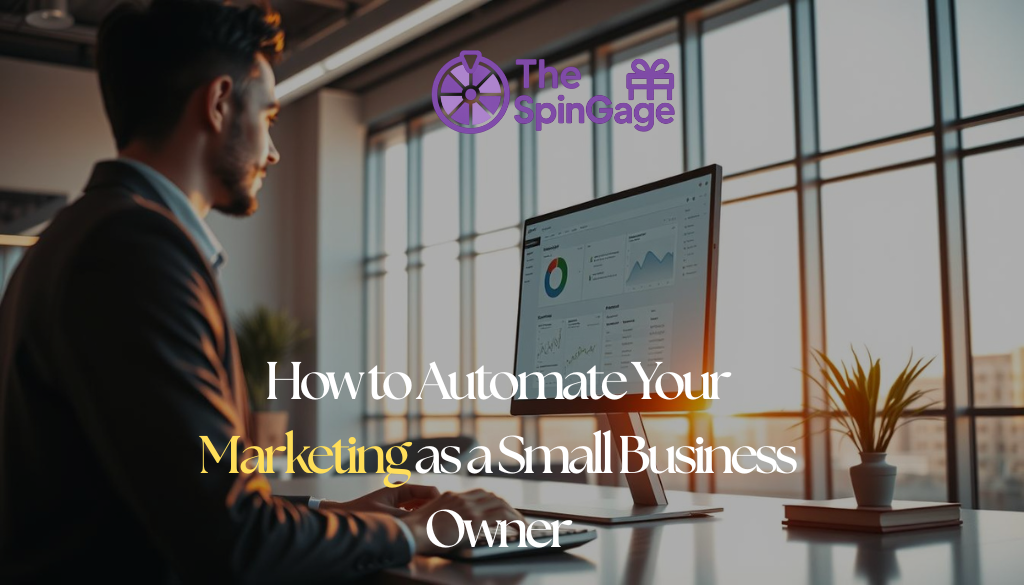


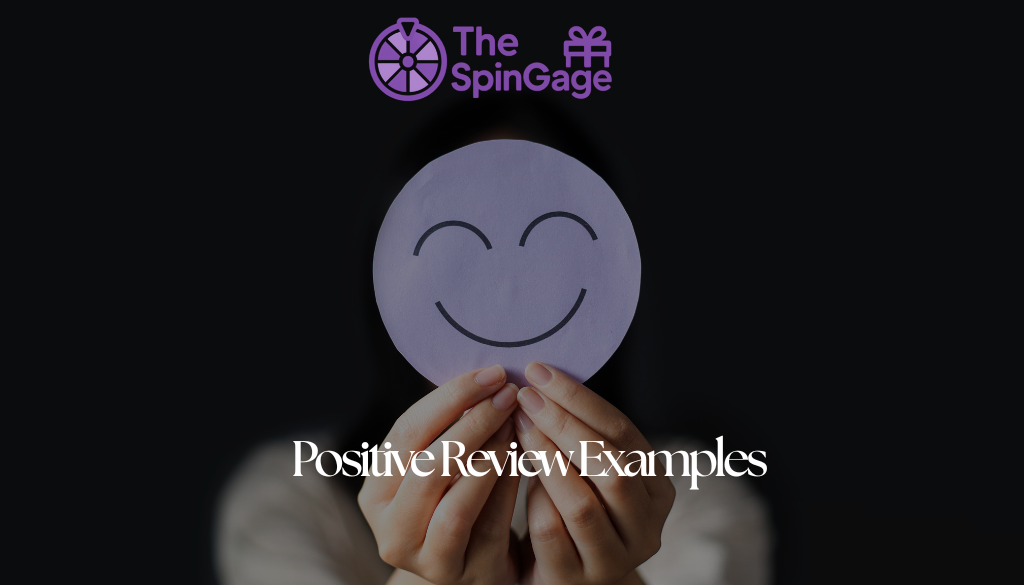



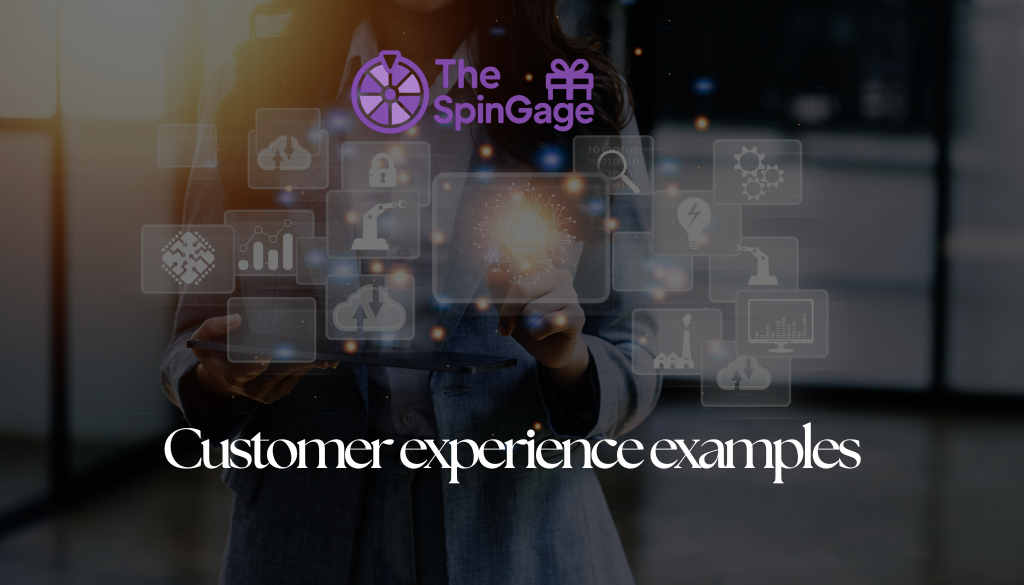

Leave a Reply